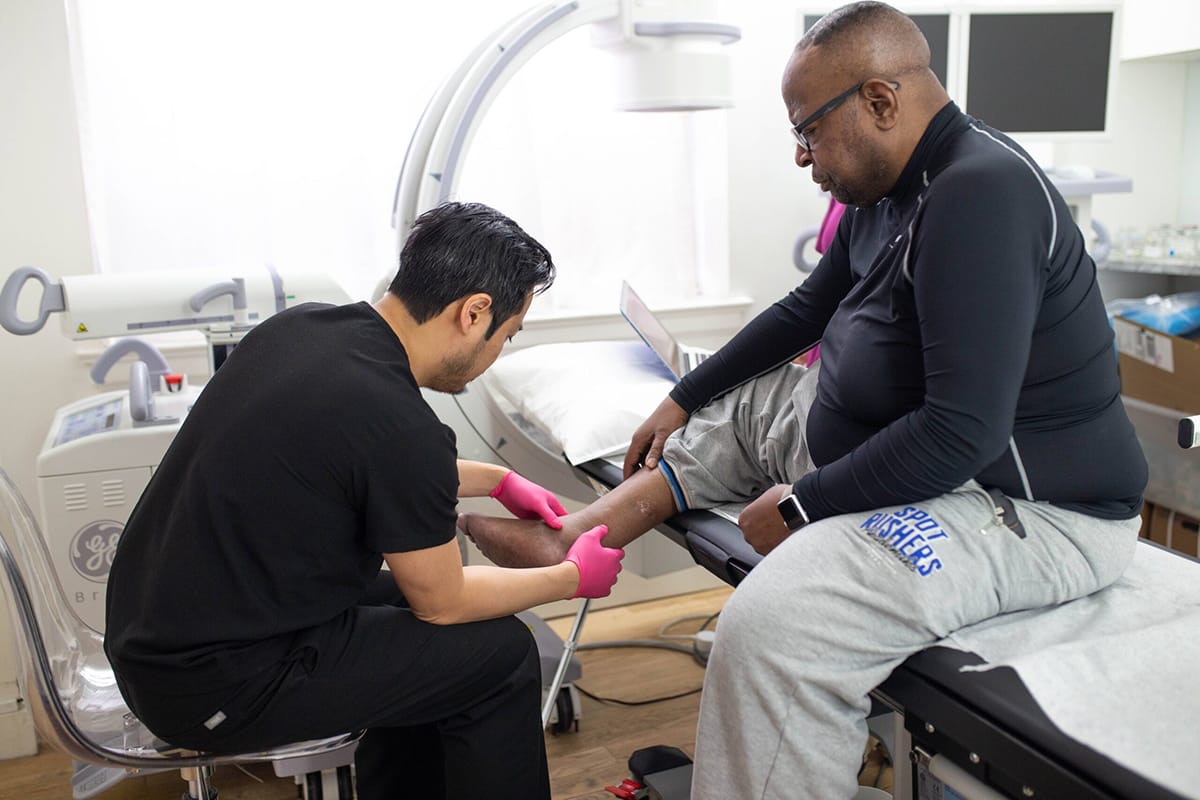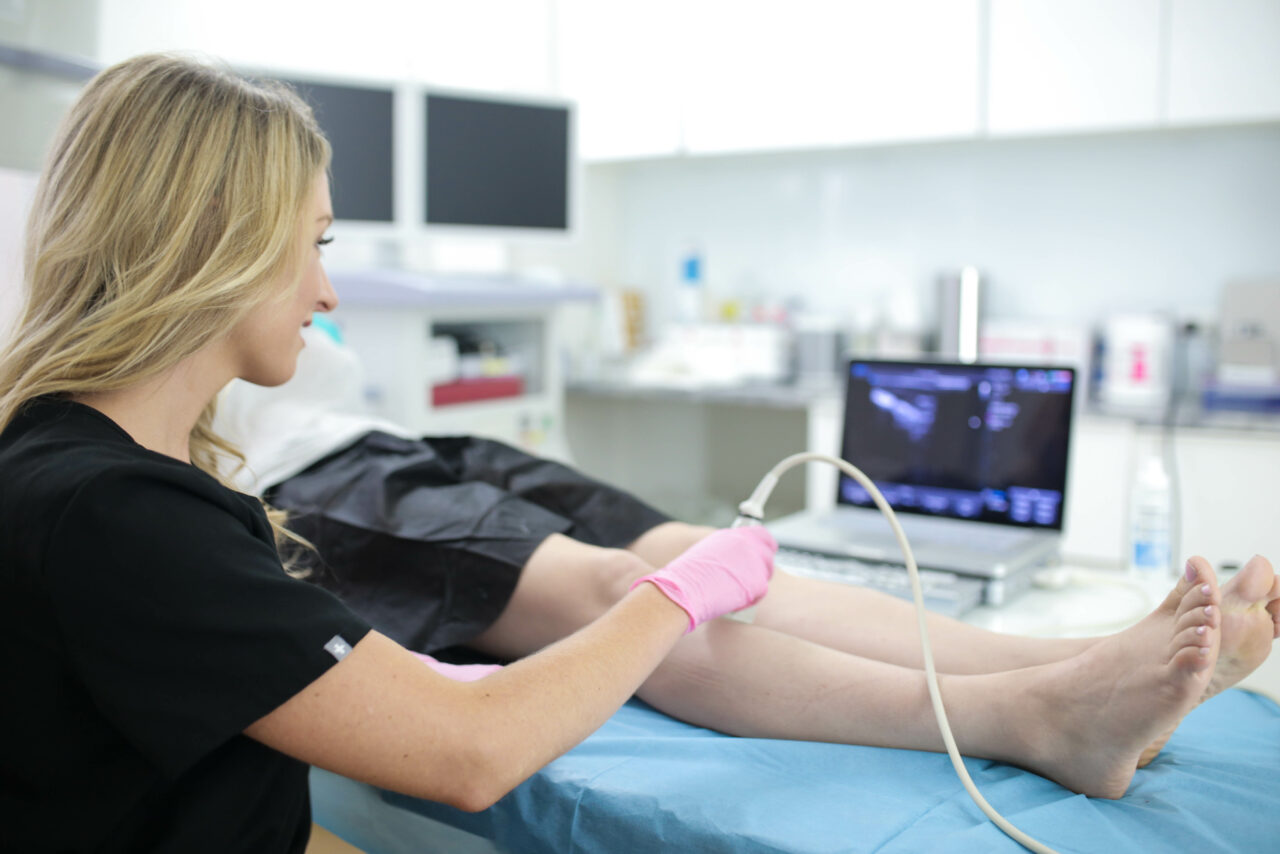Which Is Better For Varicose Vein Treatment: Surgical Or Non-Surgical Procedure In New York?
Varicose veins are unattractive, and even painful, swollen, and twisted veins are often found in the legs. The discomfort of varicose veins can be reduced, and their look can be improved thanks to a variety of treatment choices. People frequently have to choose between surgical and non-surgical varicose vein treatment alternatives. This article will disacuss What is a Vein Doctor Called and analyze every approach's benefits and drawbacks, and the choice ultimately comes down to personal preferences and circumstances.
Non-Surgical Options
Compression Stockings:
A conservative method of treating varicose veins is wearing compression stockings. By applying pressure to the legs, these specifically made stockings can enhance blood flow and lessen edema. Although they might not completely get rid of varicose veins, they might relieve discomfort and stop the issue from getting worse.
Sclerotherapy:
Sclerotherapy is a non-surgical method in which the problematic veins are injected with a specific solution. Smaller varicose veins and spider veins respond well to sclerotherapy, which is commonly carried out in a doctor's office with little to no recovery time.
Endovenous Laser Ablation (EVLA):
With the help of laser energy, defective veins are sealed and closed up during the minimally invasive EVLA operation. The vein collapses as a result of a thin laser fiber being placed into it and producing heat. Compared to standard surgery, EVLA has a quicker recovery period and is especially successful for treating bigger varicose veins.

Radiofrequency Ablation (RFA):
Similar to EVLA, RFA seals the troublesome vein by heating it with radiofrequency energy rather than laser energy. It provides a less invasive alternative to surgery and is also useful in treating bigger varicose veins.
Compared to surgery, non-surgical treatments are typically less unpleasant and demand less recovery time. They are appropriate for people who want to treat their varicose veins without needing significant surgery or for people with health issues that make surgery more dangerous.
Surgical Options
Varicose vein surgery is often only an option in more severe situations or when non-surgical treatments have failed to produce the desired results. The main surgical options are as follows:

Vein Ligation and Stripping:
Through tiny incisions in the leg, the problematic vein is tied off and removed during this conventional surgical operation. Even if it works, surgery is more invasive and may require a longer recovery time than non-surgical alternatives.
Ambulatory Phlebectomy:
Smaller varicose veins are removed using a minimally invasive surgical method called ambulatory phlebectomy. For larger veins, it is frequently used in conjunction with other therapies.
Endoscopic Vein Surgery:
In severe cases where deep veins are damaged, endoscopic vein surgery is advised. Through a small incision, the damaged vein is seen and treated using an endoscope. This more intrusive technique is normally saved for challenging cases.
Conclusion
In conclusion, this article gave you the answer to your query, 'What are the Treatment Options for Varicose Veins?' and how varicose veins are a frequent medical condition that can be efficiently treated both surgically and non-surgically. The best course of action should be decided after consulting with an educated healthcare expert who can offer tailored advice based on unique needs and circumstances. Addressing varicose veins, whether by a minimally invasive non-surgical procedure or a surgical intervention, can result in increased comfort, vascular health, and self-confidence.
Comments
Post a Comment